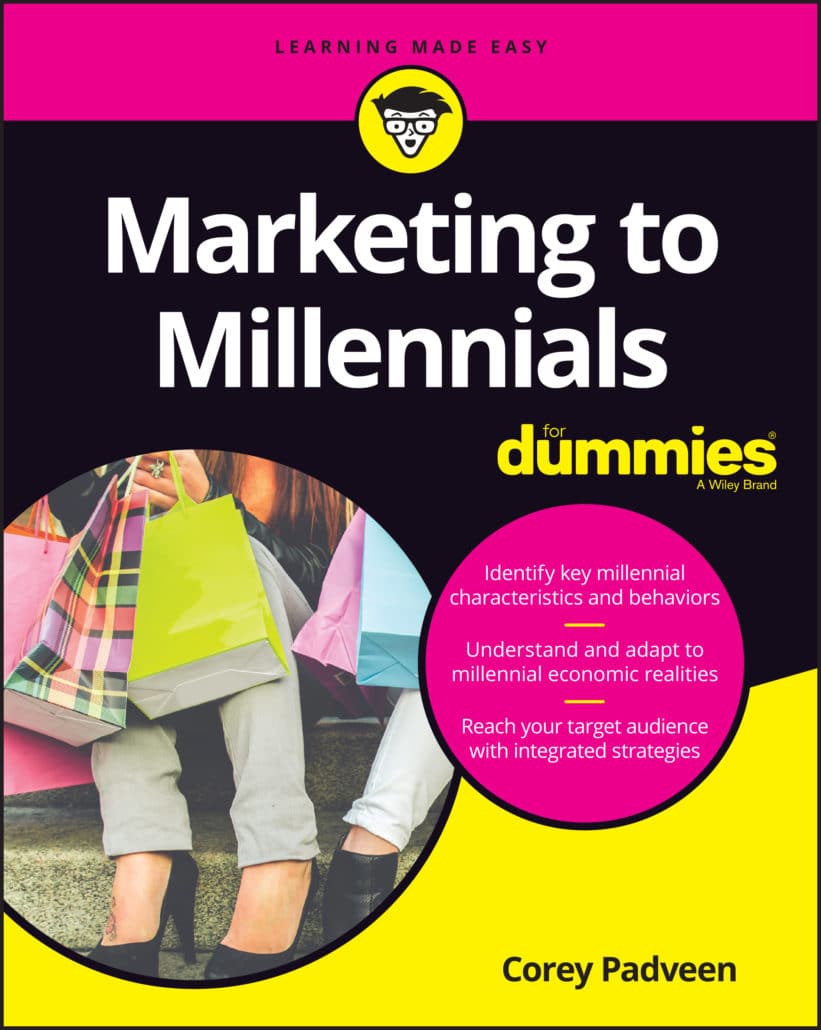Building Millennial Loyalty with Content Strategies (Part 5)
Millennial loyalty is within reach, but the key is using content strategically in order to connect with your audience on a personal level.
In May, my new book, Marketing to Millennials for Dummies will be available online and in-stores. (You can also pre-order the book today!) While the idea of marketing to Millennials can be more broadly understood as marketing to a modern consumer, there are certain traits that have been established with the Millennial demographic specifically, and have slowly begun to expand to other cohorts. As such, I am publishing a five-part series discussing the strategic use of content in the pursuit of building loyalty with Millennials (and modern consumers, in general). In this final part, we will take a closer look at how marketers can build Millennial loyalty with conversational content.
Get Conversational
Your content should entice your Millennial audience to participate in a conversation. This doesn’t mean that you need to avoid your sales pitch at all costs; you simply need to be smart about when and how it is integrated into your messaging. Millennials will spend money, despite what you might have read, but they will spend it at their own discretion. This means that the aggressive sales tactic on new media will not only fall flat (leading you to spend marketing dollars that lead nowhere) but it also means that your brand will leave no lasting impression on your targeted Millennial audience segment. Instead of building relationships and loyalty, you’ll need to run ongoing brand awareness campaigns that target the same audiences, and this is simply a waste of resources in the long-run. Conversational, authentic content is the remedy for this problem.
There are three stages of an initial content strategy: education, differentiation, and motivation. In the education stage, you’re teaching your audience about the industry you’re in and the products or services that are available (some of which you might offer). This provides value to your audience (the first strategy we covered) and builds trust through conversation and content sharing. The differentiation stage is where you’ll highlight why your products or services are better. This is most effectively done by sharing third party content or engaging with existing customers to highlight that it is not simply your own opinion which places your product or service above the rest, but the market opinion.
The last stage, motivation, is the point in the conversation where you can implement some traditional sales tactics. Motivate your now engaged audience to take action by offering some sort of incentive. That can be a discount, a special for first-time customers, or another incentivized offer that leads to those members of your Millennial audience that are ready to buy to take action. The key throughout this entire process is to make it an ongoing conversation. Engage with users on either an individual or large-scale basis. Talk to them on a personal level as opposed to simply sharing marketing materials. Ask questions and let your audience know that they are being heard. Millennials have seen enough advertising content. Converse with them by following this outlined path and you’ll see conversions and loyalty start to ramp up.
I hope you found this series helpful, and for more strategies on reaching and marketing to Millennials, don’t forget to pre-order your copy of Marketing to Millennials for Dummies on Amazon today, available May 15!







